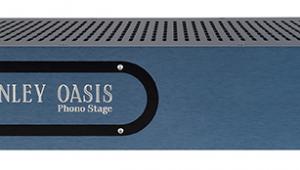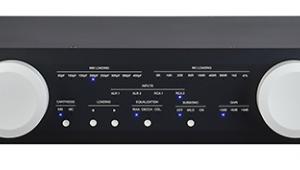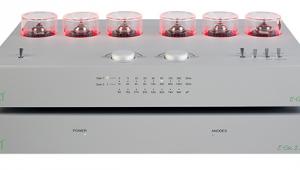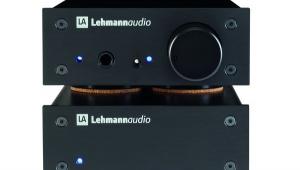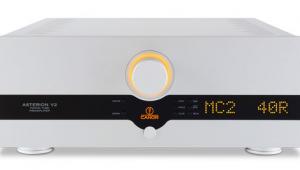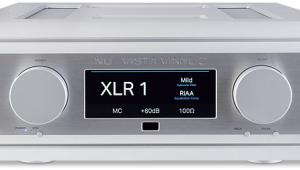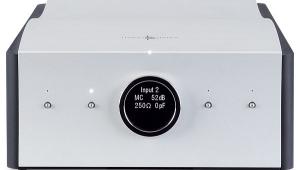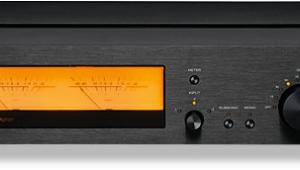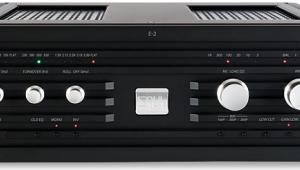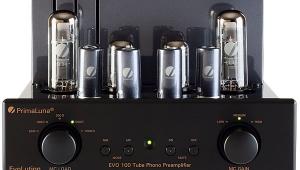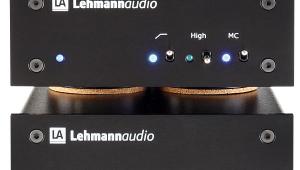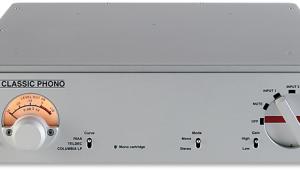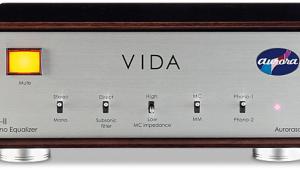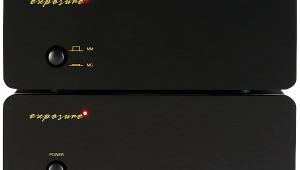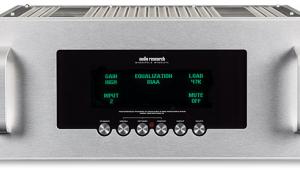Manley Chinook Phono Preamplifier

 Few brands can wrestle the combination of performance and adaptability from tube circuits with the flair of Manley Labs, and those skills are at the fore in the Chinook
Few brands can wrestle the combination of performance and adaptability from tube circuits with the flair of Manley Labs, and those skills are at the fore in the Chinook
It may be hard to believe, but I'm certain that the 2020s will be regarded as the golden age of standalone phono stages. How so? Simply by virtue of their plenitude, especially when you consider that this is vinyl's second time around. Manley's Chinook, continually refined during its near-decade in production, creates a phono amp sweet spot at £2699, blending fine sound with broad compatibility.
What makes the Chinook so intriguing is that it's all-valve, still controversial because, by the time standalone phono stages became a thing in the mid-to-late 1980s, there was an unavoidable schism. Even today, elements of the solid-state brigade argue that valves are inherently too noisy to deal with cartridges' low-level output as competently as can transistors, but designs like the Chinook prove this ain't necessarily so.
Face Value
Whatever, the Chinook's fascia tells you nothing. All it holds is an on/off button which glows blue in standby. Press it and the Manley Chinook logo lights up. After a warm-up of a minute or so, the logo glows brighter and you hear a click. That's it for the front.

Around the back, it's a different story. You will, if sensible, keep the owner's manual stored beneath the Chinook because the two columns of DIP switches allow, in addition to the default 47kohm loading, 31 precise settings between 26-800ohm, and seven capacitance loads of 50, 100, 150, 200, 250, 300, and 350pF. The 47kohm load is a straightforward, all-DIPs-off setting, likely to be welcomed by cartridge aficionados with high(ish) output MCs as well as those preferring MMs.
Of course, the Chinook is no newbie created to address the LP revival. Manley President, EveAnna Manley, has always supported vinyl, the Chinook springing from the phono-dominant Steelhead preamp (£9300), which has fixed and variable outputs, a line input, remote control, and multiple phono inputs. The Chinook only accepts one cartridge and has only one pair of outputs, both via RCAs, which you'll consider a hindrance only if you run two or more turntables.
According to EveAnna, the Chinook is Manley's 'best selling hi-fi product for the last decade'. She recalled that when they were designing it, they used a Lyra Helikon, so I dug out a Lyra to add to the Koetsu, Ortofon, and EAT MCs I fed into the Chinook, plus two Ortofon MMs and a London (née Decca) Gold.
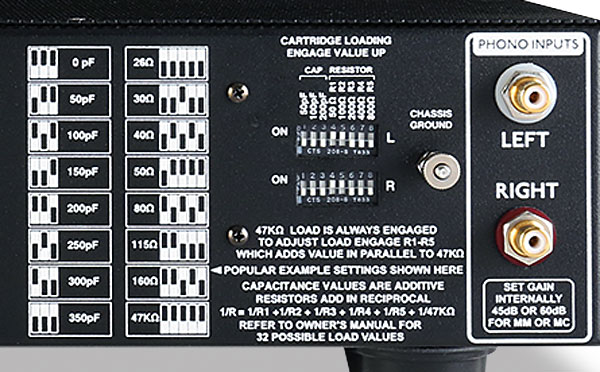
Going Dippy
At this point, it's worth discussing the two gain settings because, unlike the loading at the back, the user has to remove the Chinook's lid to get inside to change the DIPs from 45dB to 60dB. The literature, by the way, identifies 45dB as the MM setting and 60dB as the choice for MC.
As much as I would like to see the gain switches mounted on the back, it isn't feasible when you see the PCB layouts. So let's put this into context. Unlike inveterate cartridge changers, who might even go from one to another, LP by LP, most users will set the overall gain just once, only needing to go up or down if a major component is changed, or if fitting a cartridge of either abnormally low or abnormally high output. So, enough with grumbling about the internal switches, especially when you consider how many phono stages put the far more essential load adjustments inside. This really is a minor issue.
EveAnna explained that the Chinook's near-universality vis-à-vis cartridge output and relative noise levels was, as with the Steelhead, the result of 'the two-stage gain structure, where each triode has a FET constant current source living under the cathode. The gain change occurs switching the value of each FET's source resistor in sequence, with the second stack following the first. As there's no global negative feedback deployed, it is also important to select quiet tubes and FETs!'
In my experience of other Manley products, EveAnna always specifies the best valves she can find. Even so, the two 6922s in the gain stage and another two 6922s for the output section can be replaced with – and I quote – 'any 6DJ8, 7308, ECC88 types'. Thus, if you're blessed with a supply of cherished valves, you might want to experiment and 'tube roll'…
Here I admit to a more involved session than usual, simply because the Chinook begged to have its DIPs switched. In addition to the eight cartridges I tried, four turntables were involved, but it didn't mean swapping eight times as I had all of them pre-mounted in either Graham arm tubes or Ortofon-type headshells.
I was grateful for having the manual to hand, enabling swift changes to the MC loads, yet the biggest revelation was the London Gold, which I hadn't tried in some years. No, I couldn't load it to precisely 68kohm or whatever its odd nature demands, but I hadn't heard such seductive sparkle since the age of Windows 3.
![]() Manley Behaviour
Manley Behaviour
It's an industry insider giggle that a company bearing such a masculine name is helmed by a woman – fortunately EveAnna is one who heartily admits to being a 'biker chick', which is so refreshing in this uneasy era. EveAnna has long championed vinyl, and knows her way around recording studios, Manley being one of a precious few high-end audio brands – including PMC, B&W and ATC – with a genuine presence in the pro sector. With this in mind, I was not surprised by the immediate sense of analytical prowess that the Chinook imparts over LP playback.

